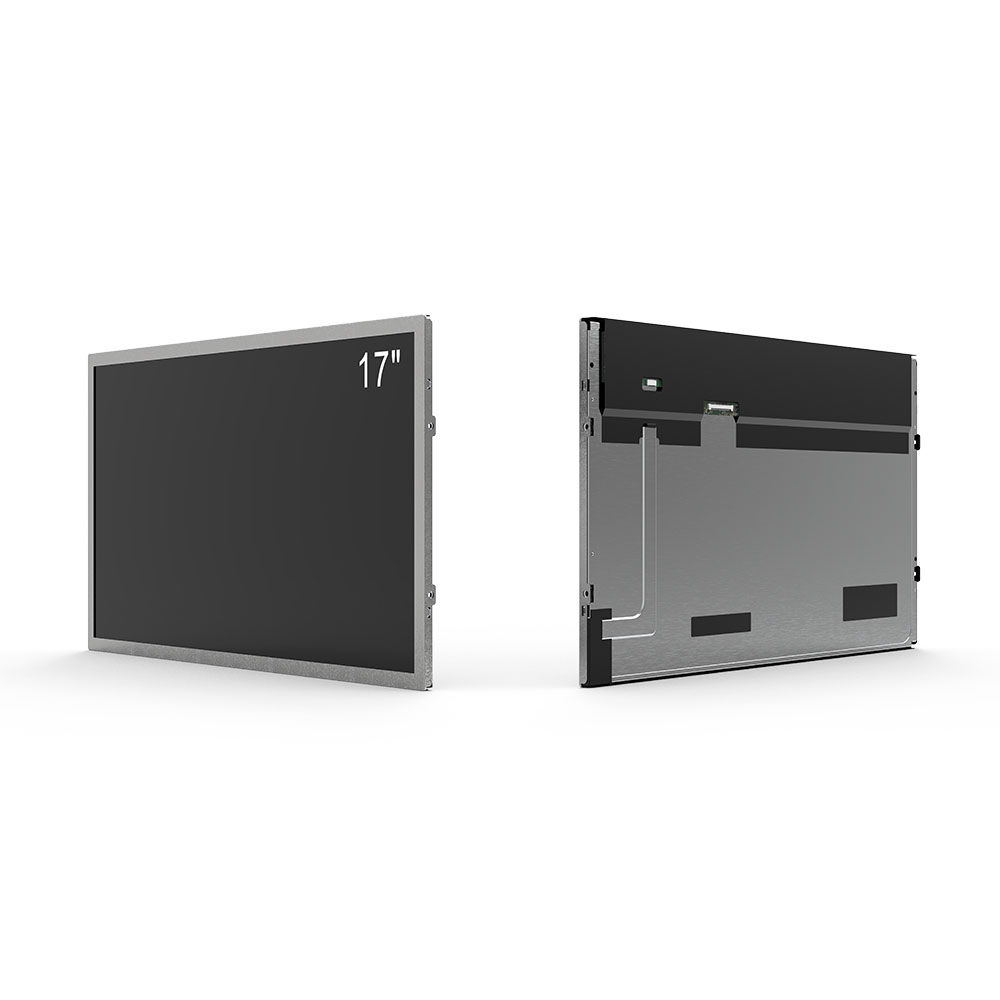Sunlight readable LCD screens are a critical component in outdoor and high-ambient-light environments where standard displays fail to provide clear visibility. Whether used in military field equipment, industrial control panels, or public kiosks, these displays must maintain readability under direct sunlight—often exceeding 10,000 lux of brightness.
The core technology behind sunlight readable LCDs lies in high-brightness backlighting, typically using LED arrays that can reach up to 5,000 nits or more, compared to the 250–500 nits of consumer-grade displays. To achieve this, manufacturers integrate advanced optical films such as brightness enhancement films (BEFs) and diffusers that maximize luminance while minimizing power consumption.
Another key factor is anti-glare and anti-reflection coatings applied to the display surface. These coatings reduce specular reflection by up to 90%, allowing users to view content clearly even under intense sunlight. Some models also use matte-finish glass with micro-etched surfaces to scatter ambient light rather than reflect it—a technique widely adopted in ruggedized devices like those certified to MIL-STD-810G standards.
For extreme conditions, polarized filters and dual-layer backlights further enhance contrast ratios. For example, a polarized front glass layer blocks reflected light while allowing transmitted light from the display to pass through, increasing contrast from 300:1 (standard) to over 1000:1. This is crucial in mobile applications such as construction machinery dashboards or emergency response units.

Industry standards like IEC 60068-2-1 and MIL-STD-810H define test procedures for temperature, humidity, and mechanical shock resilience—all essential for sunlight-readable displays deployed in harsh environments. Compliance ensures long-term reliability, which is why government agencies and OEMs prefer certified solutions over generic alternatives.
Real-world case studies confirm performance gains: A 2023 deployment by Siemens on solar farm monitoring systems showed that sunlight-readable LCDs reduced operator errors by 40% compared to non-readability displays during peak sun hours. Similarly, a U.S. Department of Defense project found that soldiers operating in desert conditions reported 70% faster target identification when using 5,000-nit displays versus 1,000-nit ones.
In conclusion, selecting a sunlight readable LCD screen involves evaluating brightness levels, coating technologies, environmental certifications, and application-specific needs. As global demand grows—from agriculture drones to autonomous vehicles—investing in proven, high-brightness display solutions ensures both usability and operational safety.







